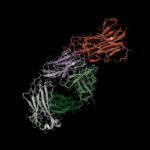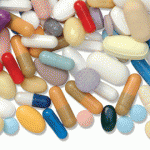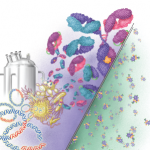With regard to naming, it’s important that biosimilar drugs be clearly differentiated from their reference (or originator) drugs and from each other. To this end, the FDA published draft guidance for industry, Nonproprietary Naming of Biologic Products, in August 2015. The intent is to “clearly identify biological products to improve pharmacovigilance and, for the purposes of safe use, to clearly differentiate among biological products that have not been determined to be interchangeable.”
In practice, this means the FDA will designate biosimilars with a nonproprietary name plus a four-letter suffix. With the example of the recently approved biosimilar infliximab, the designated name is infliximab-dyyb (brand name Inflectra, reference drug Remicade).
This naming convention is a good idea, according to Dr. Kim, because it will help with accuracy in medical documentation and safety tracking. The ACR also supports the FDA’s draft guidance to make labeling and naming as transparent and specific as possible.6 “This will help ensure correct prescribing and dispensing, post-marketing surveillance, prescriber confidence and enhance market uptake,” according to an ACR news release.
On April 5, the FDA announced approval of Inflectra (infliximab-dyyb), the first biosimilar to receive approval in the U.S. for the treatment of rheumatic disease, including rheumatoid arthritis and psoriatic arthritis.7 “The ACR welcomes the introduction of biosimilars to the U.S. healthcare system and is hopeful that the decrease in cost resulting from the availability of safe and effective biosimilars in the U.S. will increase our patients’ access to life-changing therapies and improve their overall health,”8 said Joan Von Feldt, MD, MSEd, president of the ACR, in a news release.
In fact, one of the hopes for biosimilars in the U.S. market is that their availability will offer patients a lower cost alternative to brand-name drugs, or at least encourage more competitive pricing. If Dr. Kim’s research in South Korea is any indication, this may very well end up being the case.
This study & other research demonstrate that it’s not easy to predict what type of financial effect biosimilars will have on the market until they are available.
Study Overview
In their study, Dr. Kim and her team looked at usage patterns for branded and biosimilar versions of infliximab, as well as adalimumab and etanercept, before and after the biosimilar version of infliximab was introduced in South Korea in November 2012.1 They used claims data from April 2009 to March 2014 from the Korean Health Insurance Review and Assessment database, which includes the entire South Korean population (as compared with the multi-payer system in the U.S.). A segmented linear regression model was used for the analysis.



